How It's Made
Building Instacart Meals
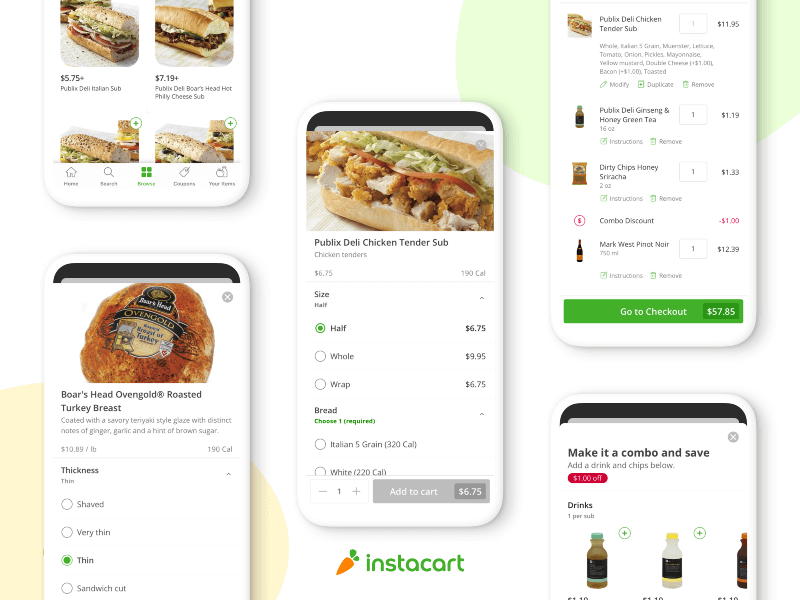
Today we launched Instacart Meals — a new grocery meals product that powers easy ordering, delivery and pickup of made-to-order food. Right now, Instacart Meals is live as a pilot at select Publix stores in the Orlando area. It will be rolling out to Publix locations across Florida in the coming weeks and to nearly all Publix stores across the Southeast in the months ahead.
With Meals, customers can now build their perfect custom sandwich right in the Instacart app.
To make this happen, we implemented a number of technical changes to our existing apps and infrastructure. Some of the largest technical lifts involved restructuring our grocery catalog and updating our fulfillment system to accommodate food preparation.
Building smart combos with “configurable” items
For customers to truly customize their sandwich order, we had to build an entirely new functionality into our catalog: the configurable item. Configurable item listings allow customers to append an item (for example, a sandwich) with variable sub-attributes (meat, cheese, mayo, etc.).

On the backend, we had to alter our catalog’s structure to enable item listings to be “changeable,” spending months updating our data structures. Now, when customers opt for a “whole” vs. a “half” sandwich, they can see the listing change with updated nutritional information the minute they toggle an attribute on or off.
Once the customer finishes designing their perfect sandwich, Instacart Meals automatically offers applicable chip and drink combo options and discounts, enabling customers to capitalize on deals and savings just as they would in-store.
While it seems simple, adding changeable listings and meal combos increases the complexity of our catalog by orders of magnitude. We have the largest digital grocery catalog in the world, and when you add configurable items and combo meal options at any retailer, you can quickly get hundreds of millions of combo meal permutations…we did the math!
Preventing the soggy sandwich
On the fulfillment side, we had to tackle a problem that comes with delivering prepared food — how do we get a cartful of groceries along with a fresh chicken tender sub with mayonnaise to a customer and ensure the bread is still toasty and the lettuce is still crisp?
To solve for this, Instacart Meals is designed to integrate directly with existing order management systems (OMS), allowing store employees to receive sandwich orders through a familiar interface. When a customer is ready to check out, we make an initial “handshake” with the retailer’s OMS, fetching a selection of preparation windows from the deli counter.
After the order is placed on the customer’s end, we reserve a narrow minute-to-minute preparation window in the OMS, ensuring that it’s as close as possible to the delivery time to ensure freshness.
As shoppers are finishing filling their cart, they can simply swing by the counter to pick up the prepared food, driving down wait times in-store and making it easier for customers to get exactly what they want as part of their normal grocery shop.
The deli counter is an integral part of every grocery store, and we created this digital deli counter to make sure its just as seamless and accessible online as it is in the store. With this integration, a customer’s perfect meal combo is just a few taps away.
Can’t get enough of library science, mobile development, and fulfillment windows? Our Engineering and Product teams are hiring! Check out our current openings.
Learn more about Engineering at Instacart on our Tech blog.
Most Recent in How It's Made
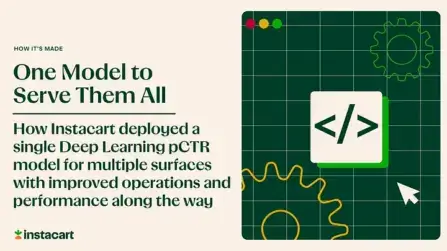
How It's Made
One Model to Serve Them All: How Instacart deployed a single Deep Learning pCTR model for multiple surfaces with improved operations and performance along the way
Authors: Cheng Jia, Peng Qi, Joseph Haraldson, Adway Dhillon, Qiao Jiang, Sharath Rao Introduction Instacart Ads and Ranking Models At Instacart Ads, our focus lies in delivering the utmost relevance in advertisements to our customers, facilitating novel product discovery and enhancing…...
Dec 19, 2023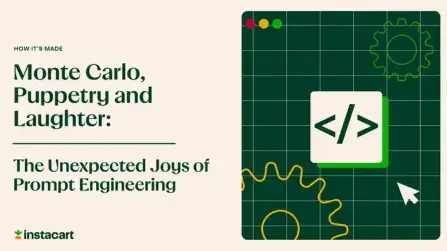
How It's Made
Monte Carlo, Puppetry and Laughter: The Unexpected Joys of Prompt Engineering
Author: Ben Bader The universe of the current Large Language Models (LLMs) engineering is electrifying, to say the least. The industry has been on fire with change since the launch of ChatGPT in November of…...
Dec 19, 2023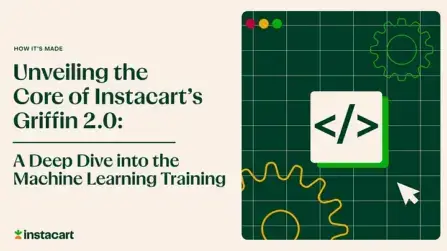
How It's Made
Unveiling the Core of Instacart’s Griffin 2.0: A Deep Dive into the Machine Learning Training Platform
Authors: Han Li, Sahil Khanna, Jocelyn De La Rosa, Moping Dou, Sharad Gupta, Chenyang Yu and Rajpal Paryani Background About a year ago, we introduced the first version of Griffin, Instacart’s first ML Platform, detailing its development and support for end-to-end ML in…...
Nov 22, 2023

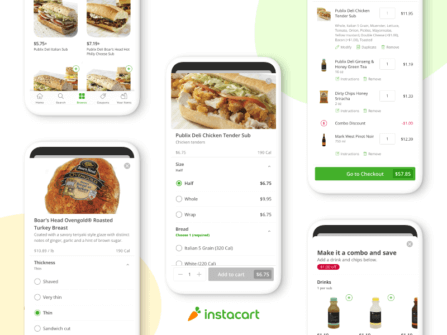 Building Instacart Meals
Building Instacart Meals  Introducing Coil: Kotlin-first Image Loading on Android
Introducing Coil: Kotlin-first Image Loading on Android  7 steps to get started with large-scale labeling
7 steps to get started with large-scale labeling 
